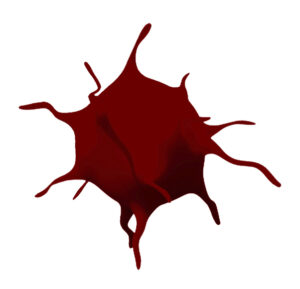Platelets are derived from megakaryocytes in the bone marrow and have a lifespan of about seven to ten days in circulation. These tiny blood cells are necessary for clot formation and hemostasis and are involved in several immunomodulatory functions, including participation in the coagulation cascade and direct killing of bacteria. To gain a better understanding of whether there are distinct subsets of platelets for these specialized roles, researchers pulse-labeled glycoprotein Ib on platelets with two different fluorophores 12 hours apart in mouse models, allowing for the tracking of differently aged cohorts of platelets. Based on in vivo and in vitro assays, clot forming potential was highest in younger platelets and declined after 48 hours, and a greater number of younger (0-12 hour) platelets were recruited for clot formation than the older (96-108 hour) cohort. Furthermore, four-day old platelets had increased expression of receptors involved in immune functions (e.g., CD40L and ICAM1) and had enhanced binding to and killing of bacteria compared to the younger (0-12 hour) cohort. Proteomic analysis confirmed distinct patterns of protein expression in younger versus older platelets, corresponding to hemostatic roles for younger and inflammatory roles for older platelets. More research is needed to examine the proinflammatory changes in platelets over time, especially in the context of platelet transfusions.
Reference:

